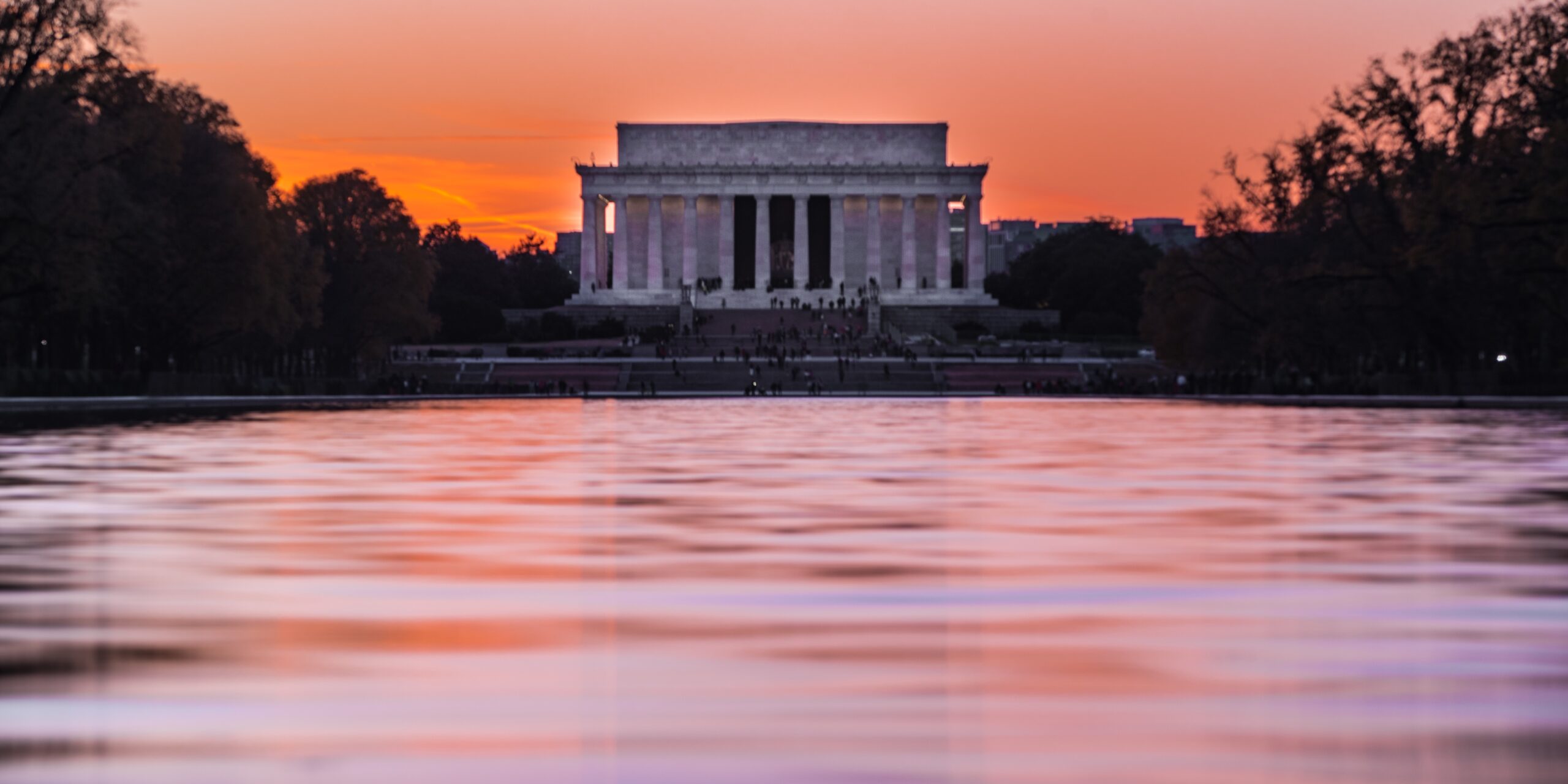When Pepe Gonzalez was growing up in Washington, D.C., he says he felt like he knew every Hispanic immigrant in the city. After coming to the U.S. from Cuba with his family in 1962, while his homeland was undergoing political turmoil and revolution, Gonzalez lived in the Mount Pleasant neighborhood, the center of the city’s small Hispanic immigrant community at the time.
“We practically all knew each other,” Gonzalez, a bass player and teacher, says. “There was only one church that gave a Spanish service, and then there was one movie house that every Sunday at 3 o’clock gave a Spanish movie. So everybody congregated into the church, not all of the community but most of them, and we all knew each other. It was a very small community in the ’60s.”
As the years went on, Gonzalez says he saw the community grow from a small pocket of the Washington, D.C.’s population to a significant and vital part of the district. According to the American Immigration Council, as of 2017 nearly 14% of Washington, D.C. ‘s nearly 633,450 residents were born in another country, many of them from El Salvador and other places in Central America.

According to a 2007 Wilson Center report by Audry Singer, the Central American population in Washington began to grow in the 1960s and ’70s, when diplomats and international staff began hiring domestic workers from their home countries. Today the metro area has a sizable Central American population; data from the Migration Policy Institute in 2016 shows that over 200,000 El Salvadoran immigrants reside in the metro area, as well as 40,000 from Guatemala and 38,000 from Honduras. And new immigrants flock to the area, experts say, in part because familiar and welcoming communities already exist here.
“Given national trends, an area with a concentrated Central American population is going to see an increase in the number of immigrants, and that’s certainly the case with D.C,” says Pew Research Analyst Jeffrey S. Passel. “People tend to want to settle in places where they already have connections, and where they know people who are already living there.”
For many immigrants, the district is also attractive simply because it’s one of the most-recognizable cities in the United States.

“Some people sometimes ask the question, ‘Why would Salvadorians, for example, why would they specifically come to D.C?’ and we often attribute that to D.C being the capital,” says Sarah Hall Aguila, director of operations at Central American Resource Center, a group that provides legal, housing and citizenship services to the city’s Central American population. “El Salvador is such a tiny country that most of the time when people are there and think about moving they think about moving to the capital of El Salvador, and so a lot of times we see that correlation. Folks think of D.C. because it’s the capital city.”
Other experts point out that economic opportunities also attract immigrants to the area – whether they’re documented or undocumented. While the U.S. saw a 14% drop in the number of immigrants living in the country illegally between 2007 and 2017, Washington – a sanctuary city – was one of the few major metro areas to see an increase, though it’s unclear from which countries the newcomers originate.
“There is a lot of work to be found,” says Lindsy Miles-Hare, a pro bono attorney who works for Ayuda, an immigrants rights center in Washington, D.C. “A lot of our clients work in the service industry, so hospitality of some sort – construction, landscaping, the things you would expect. And you can make decent money and support a family.”
“This city can’t function without immigrants,” Gonzalez, who grew up in Mount Pleasant, says. “Immigrants make up a huge part of the workforce. They’re the backbone of D.C.”
This article was written for U.S. News. Read the original post.
